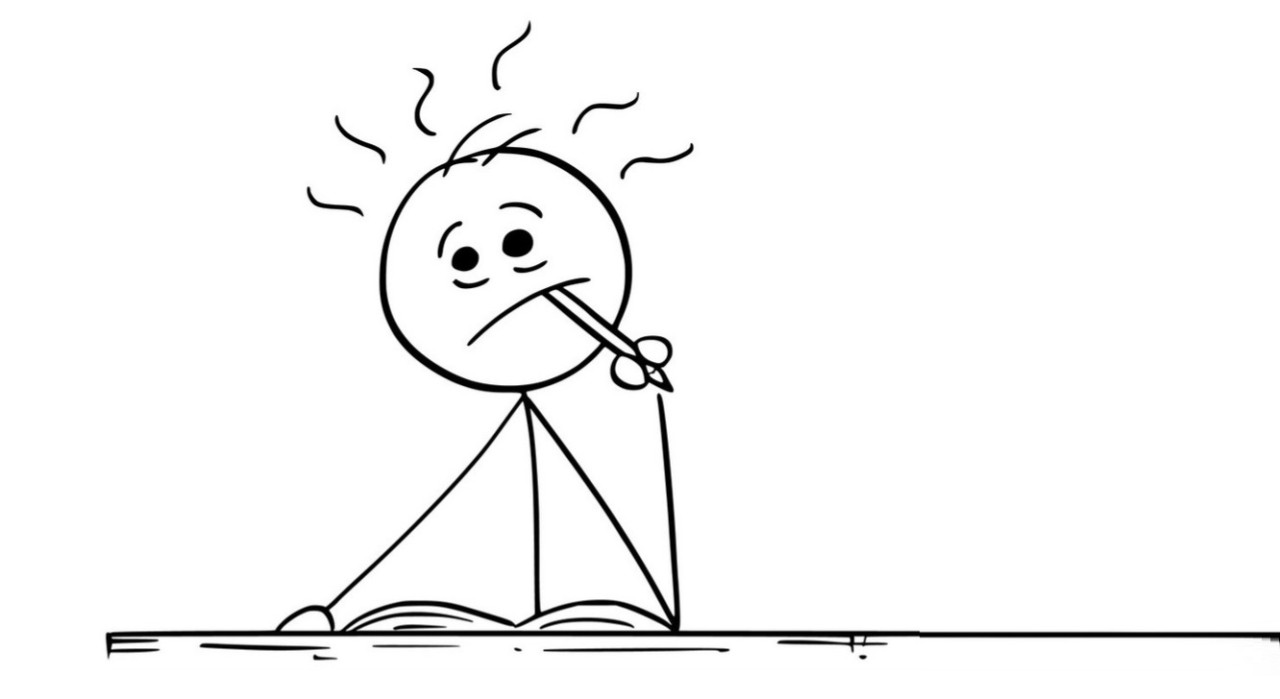When it comes to subtitling, one of the most crucial yet often overlooked aspects is how we break lines.
Proper line breaks can significantly impact readability and viewer comprehension, especially when translating or localizing content. Two languages where line breaking can greatly influence the viewer’s experience are Vietnamese and English. Each language has its unique rules and conventions, and understanding these is vital for anyone involved in subtitling or procuring Vietnamese translation services.
Why Line Breaking Matters in Subtitling
Subtitles often need to condense spoken content into readable text within limited timeframes. Given these constraints, how you break lines in subtitles is not just a matter of aesthetics—it directly affects readability, pacing, and comprehension. A poorly executed line break can confuse the viewer, disrupt the flow of dialogue, or even change the meaning of a sentence.
Vietnamese Line-Breaking Conventions
Vietnamese, a monosyllabic and tonal language, presents unique challenges for subtitling. One of the most important rules to follow is preserving key phrase integrity. Breaking apart phrases, especially those involving compound words or descriptors, can confuse the viewer and impair understanding.
Take the example of “ông lão mù”, which translates to “the blind old man.” Here, “ông lão” (old man) and “mù” (blind) together describe a specific person. Breaking it across two lines, like this:
ông lão
mù
is incorrect because it disrupts the meaning and the flow of the sentence. Viewers might initially think “ông lão” stands on its own, then have to mentally adjust when they see “mù” on the next line.
Guidelines for Vietnamese Subtitling:
- Avoid breaking compound nouns and adjectives
Words that form a unit of meaning, like “ông lão mù,” should always appear on the same line. - Keep functional phrases together
Terms like “người đàn ông” (man), “đứa trẻ” (child), or other noun-adjective combinations should not be separated across lines. - Contextual clarity
If the meaning of a phrase would change or become unclear because of a line break, revise the subtitle to fit it all on one line. - Line-length balance
Ideally, subtitle lines should be balanced in length. A common recommendation is to aim for 32-40 characters per line, but this must be weighed against keeping phrases intact.
English Line-Breaking Conventions in Subtitling
English is somewhat more flexible when it comes to line breaks, but general best practices for readability still apply. English subtitling rules often focus on ensuring that the text flows naturally and that key grammatical elements are not awkwardly split.
For example, while it’s not grammatically incorrect to break a sentence like this:
the old
man
it’s much clearer to keep the phrase together: the old man
Guidelines for English Subtitling:
- Keep phrases intact
Avoid separating adjective-noun combinations, such as “the big house,” or subject-verb-object constructions, like “She loves chocolate.” - Don’t break compound words
Compound nouns, such as “mother-in-law” or “ice cream,” should always appear on the same line. - Break at logical pauses
Where possible, line breaks should occur at natural pauses in the sentence, such as between clauses, or after conjunctions like “and” or “but.” - Length considerations
As with Vietnamese, balance line length. For English subtitles, around 35 characters per line is a good rule of thumb, though this depends on the platform and specific viewer preferences.
Why Following These Rules Is Crucial
Improper line breaks can negatively impact the viewing experience, especially for non-native speakers or those reliant on subtitles for understanding. In both Vietnamese and English, breaking sentences inappropriately can lead to:
- Ambiguity: Splitting a descriptive phrase across two lines could make the viewer misinterpret the meaning initially, then have to readjust when the full phrase is revealed.
- Reduced engagement: Poor readability can make subtitles feel laborious to follow, pulling the viewer out of the immersive experience of watching.
- Translation errors: In some cases, the way a sentence is broken can change its meaning in subtle ways. For example, in Vietnamese, line breaking could potentially cause tonal misinterpretation, where certain syllables might be confused for separate words.
Practical Tips for Subtitlers
- Subtitling software tools
Tools like Aegisub, Subtitle Workshop, or professional solutions such as EZTitles, often have features to help manage line breaks. Make use of automatic checks to ensure your lines are within character limits and correctly formatted. - Test for readability
After implementing subtitles, always review them by playing back the video. Ensure that the pacing allows for comfortable reading and that phrases appear in a logical order. - Collaborate with native speakers
In the case of languages like Vietnamese, where line-breaking conventions can be more rigid, collaborating with native speakers ensures that the subtitles follow linguistic rules while maintaining accuracy. - Use subtitling templates
For consistent output, creating templates with pre-defined rules for each language can help ensure uniformity, especially for recurring projects.
Line breaking in subtitles is more than just a technicality—it’s an art form that bridges linguistic clarity and viewer comprehension. For Vietnamese, it’s vital to keep phrases and descriptive terms intact to avoid disrupting meaning, while in English, the rules allow for slightly more flexibility but still encourage logical breaking points. By following these subtitling conventions, you can enhance the viewing experience and ensure that the subtitled content is both accurate and engaging, no matter the language.




